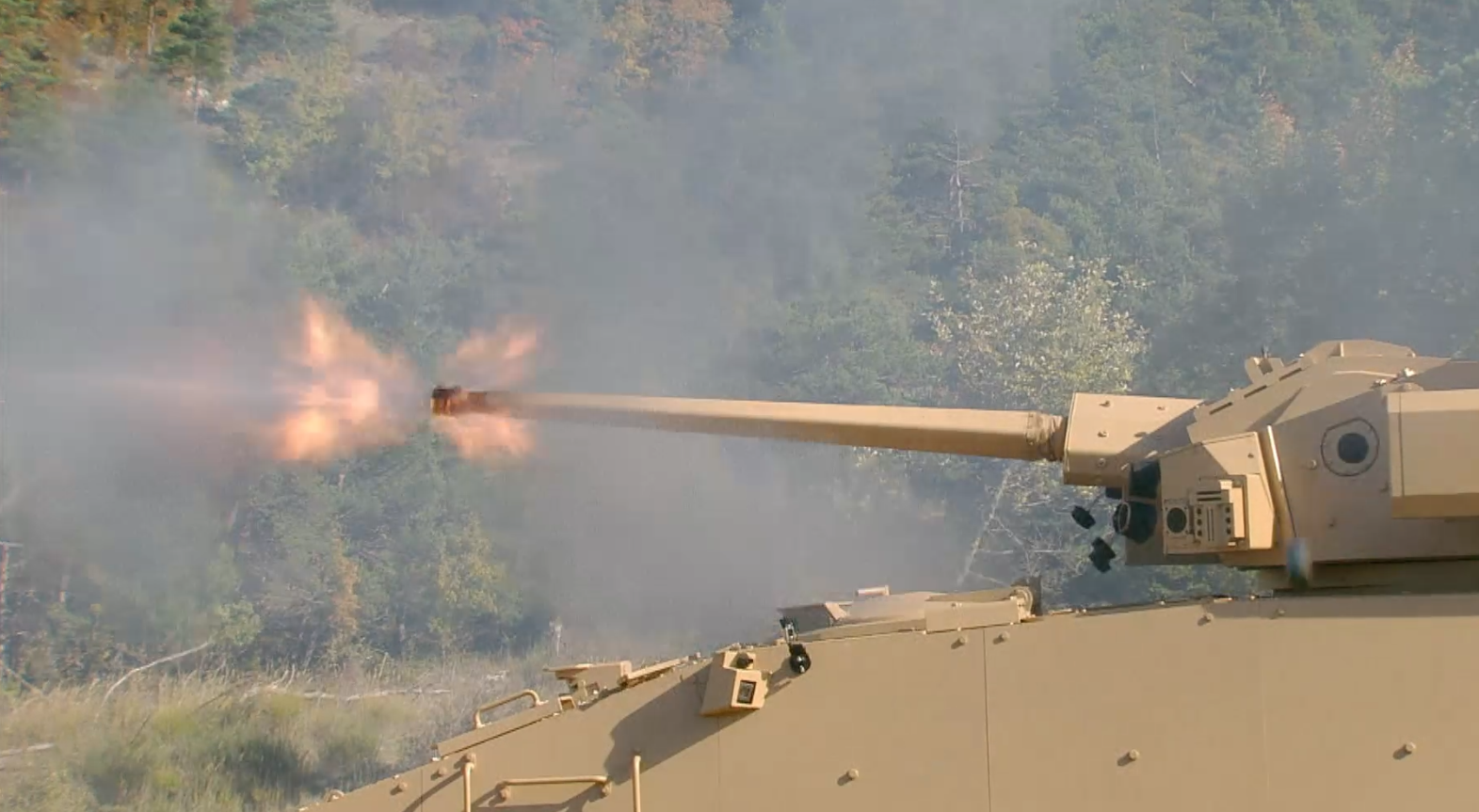What challenges have arisen from the increased use of UAVs in modern warfare?
The explosive growth of UAV technology has resulted in the relatively cheap and rapid acquisition of modified commercial off-the-shelf (COTS) assets for use in the defence arena. UAVs are undoubtedly re-defining modern warfare and a clear demonstration of the rapid advancement in technology driving down market prices and providing smart solutions which are consequently enabling new military tactics.
UAVs are being used frequently on and around the battlefield in Ukraine for both traditional reconnaissance missions to support artillery strikes but further they are being modified as ‘effectors’ in the form of ‘kamikaze’ drones that can conduct direct attacks on infantry and critical supply infrastructure. The use of UAVs in modern warfare represents a shift in paradigm where quantity may become the new quality.
Some of the world’s favourite pro-consumer drones such as the ‘DJI Mavic’ based out of China’s Silicon Valley and used on both sides of the war in Ukraine can be purchased for less than EUR 2,000. To put that into context, you could purchase around 60,000 ‘Class 1’ UAVs for the cost of a single Rafale or Eurofighter Typhoon. Even the Iranian ‘Shahed-136’ loitering munitions cost around EUR 20,000 – a fraction of the cost of a cruise missile. This threat will only be exacerbated by autonomy, with future autonomous drone swarms operating without the need for direct human control.

How can CTA International’s product range help to overcome these threats?
To address the plethora of future threats and their advanced range of capabilities an integrated and multi-layered VSHORAD defence approach is required. Part of this layer can be effectively serviced using the 40mm Cased Telescopic Armament System and its associated natures of ammunition. Thus far the 40-CTAS has been integrated onto armoured fighting and reconnaissance vehicles in the Land domain for three NATO users. Additionally, the system has now been integrated at Sea offering anti-surface and anti-air capabilities in the Naval environment.
The 40-CTAS mission flexibility is a key differentiator and unparalleled by competitors. The system can perform in the C-UAV role using ‘Kinetic Energy Airburst’ (KE-AB) round and seamlessly switch to the APFSDS-T round to engage an enemy IFV, before switching again to General Purpose Round – Point Detonating – Tracer (GPR-PD-T) to defeat enemy structures, or ‘General Purpose Round – Airburst – Tracer’ (GPR-AB-T) to defeat infantry behind cover, all available in a single ammo loadout. With most medium-calibre weapons systems being either single or dual-feed, they cannot offer this mission capability, which means their range of defensive and offensive capabilities are limited from the offset.
The range of 40-CT ammunition current comprises six natures which can all be loaded and managed together in the intelligent ammunition handling system, which can automatically choose the best ammunition depending on the threat. Out of the six natures, two are air-bursting munitions. The General-Purpose Airburst – Tracer (GPR-AB-T) high-explosive round is optimised for fragmentation effects and has a lethal area of 125 m2 at 2,500m. Specifically designed for use in an anti-air capacity the KE-AB round leverages CTA International’s qualified air-burst technology, launching 1.4 kg of high velocity tungsten pellets in a shotgun-type spread on the target, at distances up to 4,000m. The projectile’s aerodynamics reduces the time of flight and increases the probability of each hit.
The system can change ammunition natures in seconds, managed by a simple linkless single feed system, which can accommodate a high number of ready rounds. The number of rounds stored is only limited by the platform’s usable volume and can be tailored to user requirements. Another differentiating factor is the use of cased telescoped rounds, which require a smaller volume than equivalent conventional rounds. This unique design, paired with an increased kill probability means each 40 mm round provides more ‘bang for buck’ when compared to other designs.
What features of 40-CTAS make it suited to operate in a C-UAV role?
The 40-CTAS is a high precision system which is effective as a C-UAV solution. The system with its range of available ammunition and its ability to fire in single shot, burst and ‘high accuracy mode’ can effectively eliminate UAV threats.
The 40-CTAS has an 85° arc of elevation, thus giving more flexibility to engage high-angle targets. This is further supported by its unique compact design, which results in no deck intrusion. Additionally, the control and coordination unit for the weapon system enables continuous firing on the move, while simultaneously aiming and re-calibrating as targets move.
The power behind each KE-AB round surpasses that of smaller medium-calibre munitions, which means fewer rounds expended on a single target, resulting in a more cost-effective solution than alternative V-SHORAD defence systems. The 40-CTAS rate of fire of up to 200 rds/min enabling the system to manage multiple threats in rapid succession, which could help to counter future drone swarms. These performance characteristics ensure any enemy UAVs can be neutralised before they can fulfil their mission.
Richard Macintosh, Business Development Manager at CTA International



